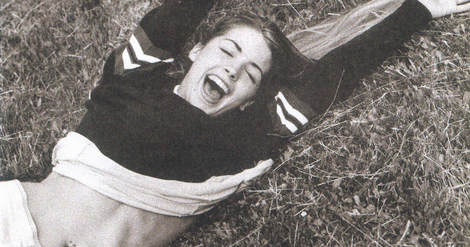My introduction to Abercrombie & Fitch came through LFO’s “Summer Girls,” the 1999 song best remembered for name-checking the brand multiple times. I remember asking my mom what Abercrombie & Fitch was, because I had never even heard of it. Growing up in the small city of Hazleton, Pennsylvania, it wasn’t something that had infiltrated my high school—yet. I also remember when, some time after, the first Abercrombie store opened within driving distance, and I just so happened to stumble upon the store’s trainees, the young workers who would embody the Abercrombie & Fitch lifestyle at the store in Scranton.
More than two decades later, Abercrombie & Fitch has productively shed that well-curated image—the one of “natural”-feeling, fit, good-looking young people in ripped jeans, fitted polos, and flip-flops—for something that resonates more today. Yet, as an elder millennial, those images of the “Abercrombie teens” remain lodged in my head. And what struck me in researching my book The Abercrombie Age: Millennial Aspiration and the Promise of Consumer Culture was just how widespread the tenets of the Abercrombie & Fitch brand were throughout the late 1990s and early 2000s.

